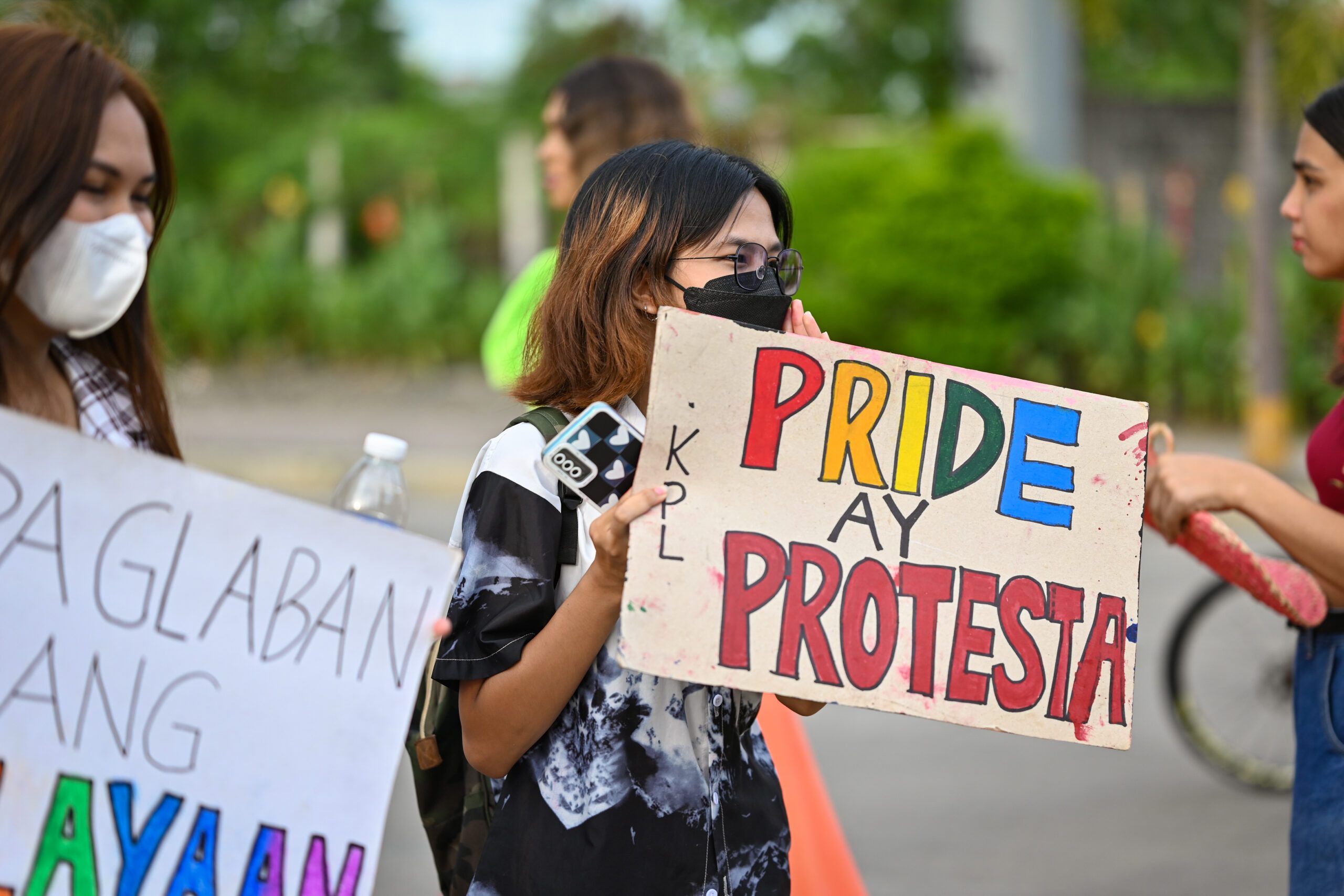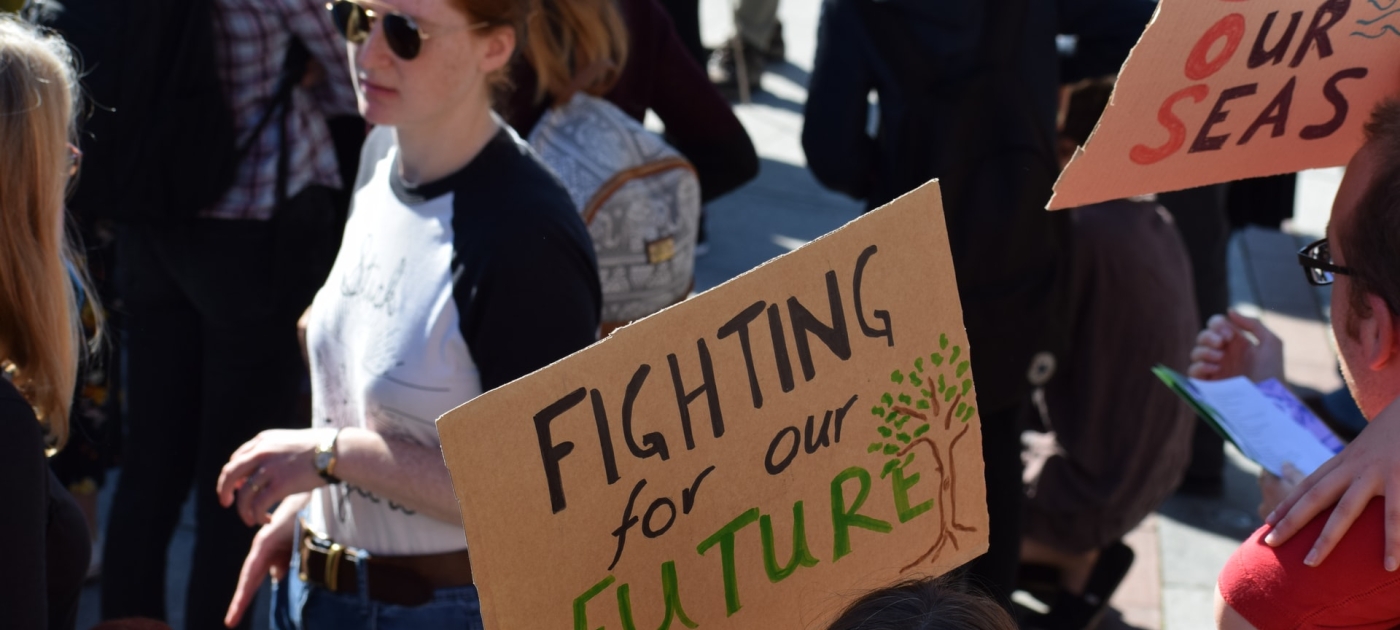At Pride parades and protests, the sentiment often voiced is that “the youth are the future.” However, Alyssa Wainaina, a 24-year-old community organizer with Advocates for Youth, challenges this notion by emphasizing that youth are already making significant contributions. With a decade of activism under her belt, including securing gender-neutral bathrooms in Idaho public schools and advocating for reproductive rights and gender-affirming care, Wainaina exemplifies young people’s active role today.

Youth as Present Leaders in Activism
“Young people have consistently been at the forefront of movement work,” Wainaina asserts. This perspective is shared by Faith Cardillo, a 19-year-old member of Queer Youth Assemble and founder of Bulletproof Pride, a gun violence prevention nonprofit. Cardillo highlights that while youth are vocal and active, they should not bear the burden of activism alone. Support from adults can amplify their efforts, making them more impactful. Veteran activists like Cathy Renna, director of communications at the National LGBTQ+ Task Force, find the future-focused narrative patronizing. Renna emphasizes young activists’ current energy and drive, noting that youth have always been crucial to LGBTQ+ movements. This is evident in the historical context, where young people played significant roles during the Stonewall uprising and beyond.
The Historical Role of Young Activists
Historically, youth have been instrumental in pushing for LGBTQ+ rights. Post-Stonewall, the LGBTQ+ movement shifted from respectability politics to liberation, driven by several youth groups. Eric Denby, a history and social sciences instructor at Phillips Academy, explains that young people often organize out of necessity, addressing immediate needs such as housing, employment, and emotional support in the face of homophobia.
Denby’s research reveals that many present at the Stonewall riots were young, with the legal drinking age in New York being 18 at the time. This youthful energy and a sense of naivete have often driven effective activism. This same energy is evident today in groups like Queer Youth Assemble, whose members balance high school and college responsibilities with organizing national walkouts and providing peer support.
Innovative Approaches to Modern Activism
In the digital age, social media has revolutionized activism. Queer Youth Assemble, for example, leverages platforms like TikTok to organize and spread awareness. However, this visibility comes with risks, as online threats can translate into real-world dangers. Despite these challenges, young activists remain undeterred, focusing on intersectionality and addressing the needs of the most marginalized communities to benefit all.
Youth activists also seek to innovate traditional methods of organizing. Cardillo points out that the old ways of systemic change are insufficient, advocating for creative and inclusive approaches. This includes peer-led spaces where young activists can pursue their goals without needing adult permission, emphasizing the importance of youth autonomy in activism.
Supporting the Future of Youth Activism
For the older generation, the key to supporting youth activists lies in presence and support. Wainaina calls for adults to be “ride or die” allies, allowing young people to lead and even fail as they develop new ways of organizing. Denby echoes this sentiment, highlighting the importance of generational collaboration for sustained success.

Creating safe spaces for queer youth is another critical aspect of support. Kazz Alexander, the co-chair of NYC Pride, emphasizes the need for genuine safe spaces, as demonstrated by events like NYC Youth Pride, which offers music, games, resources, and wellness support. This approach contrasts with attempts to restrict youth autonomy under the guise of safety.
